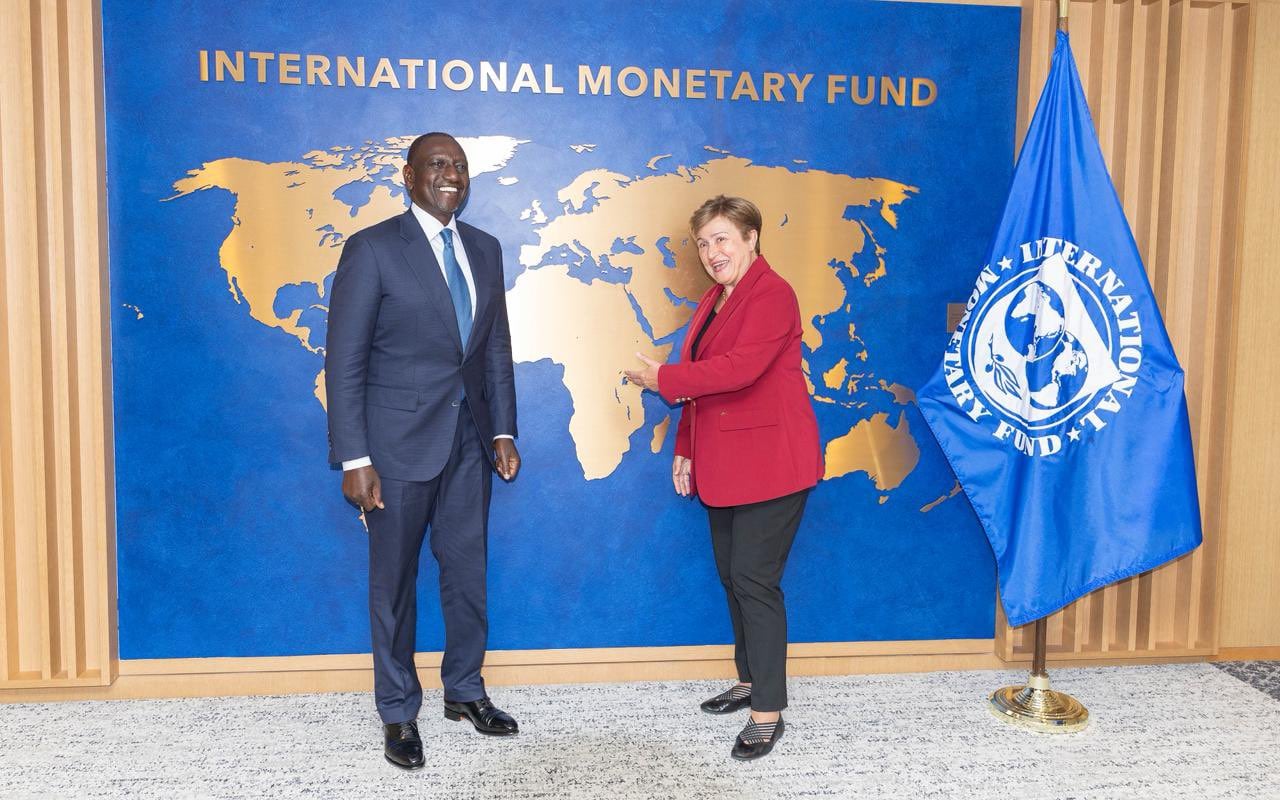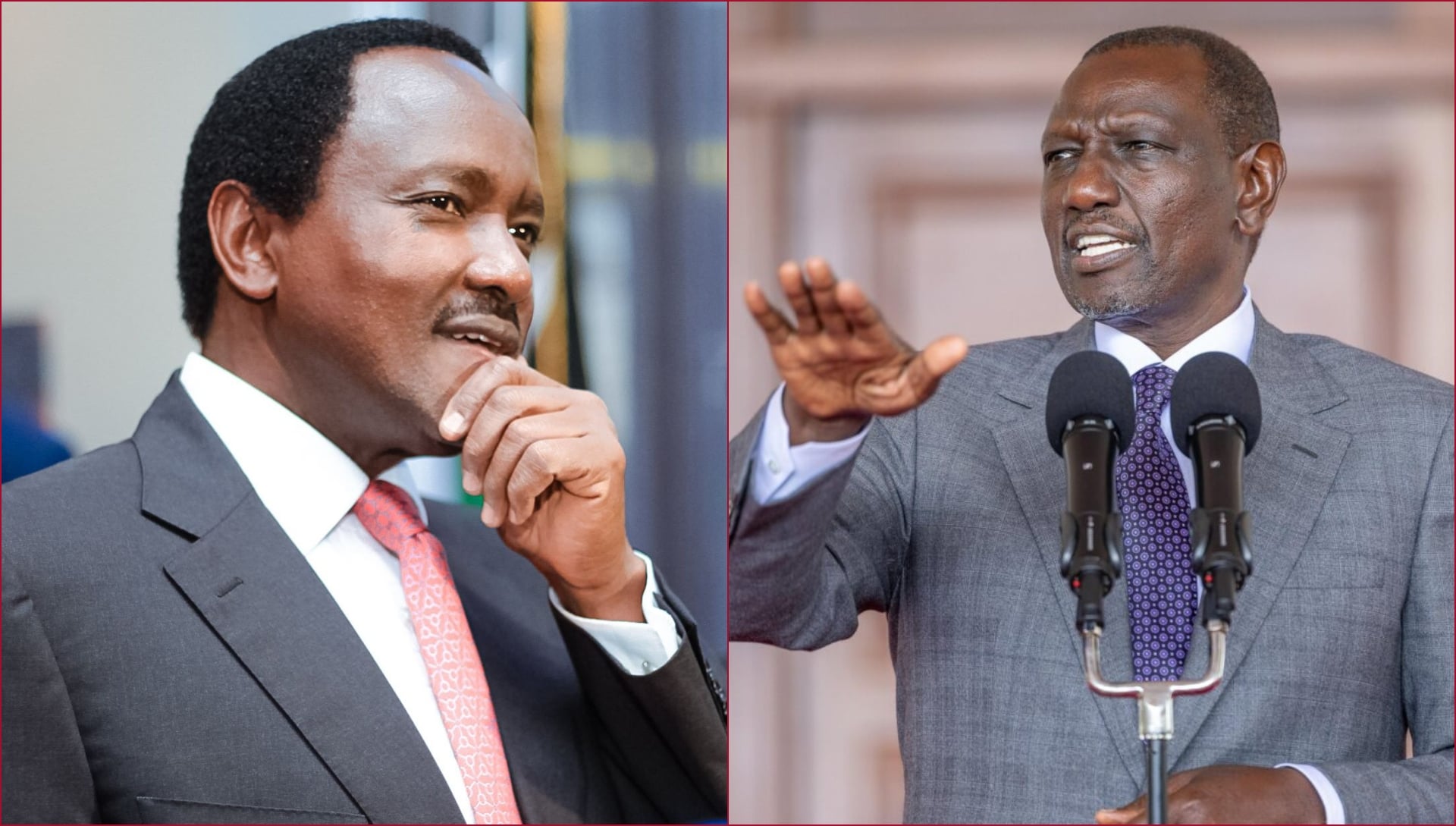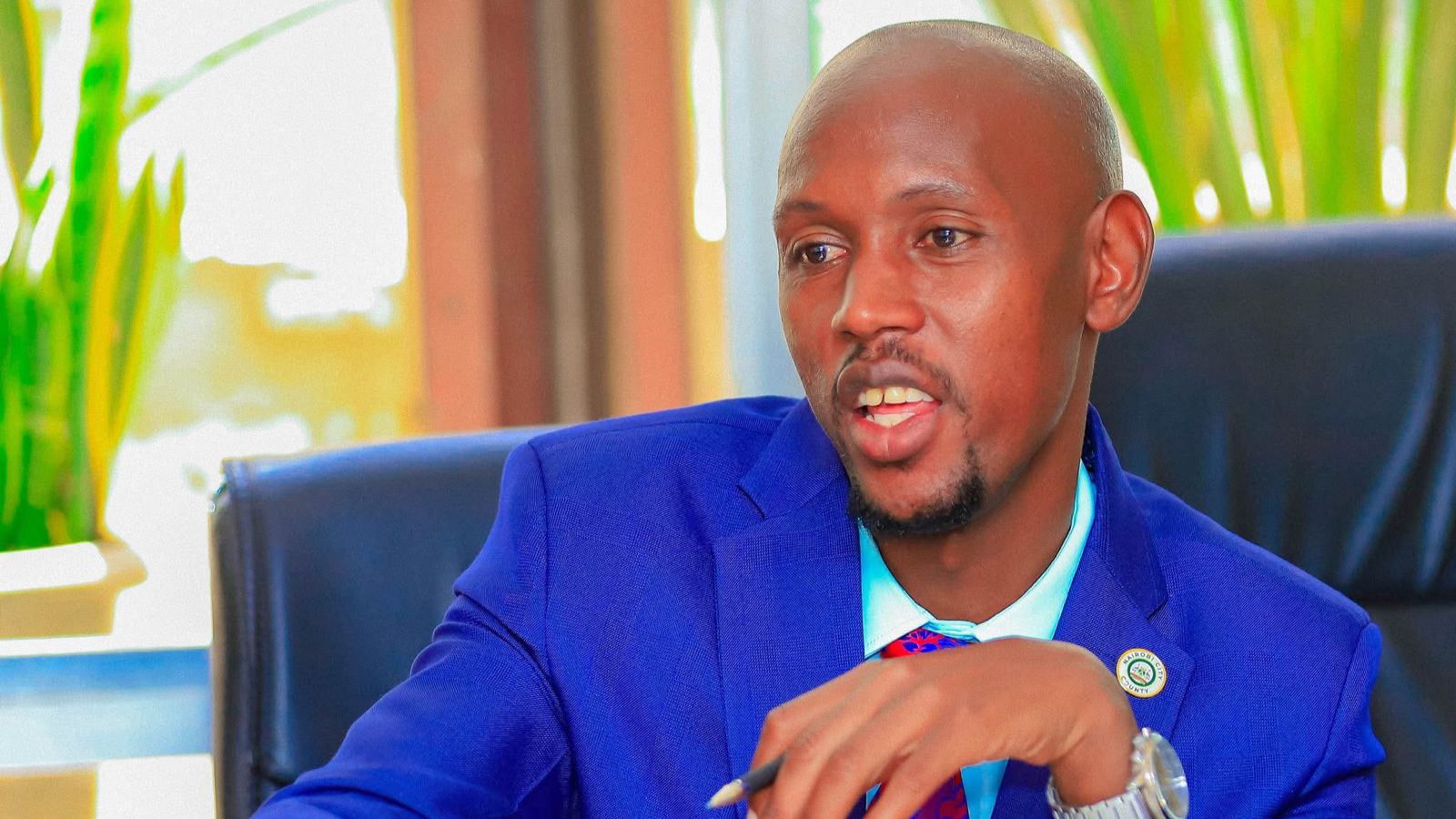Kenya is closing out 2025 facing a delicate economic balance. While macroeconomic fundamentals have stabilised and growth is gradually recovering, a rapidly rising public debt threatens to undermine these gains.
According to the latest Kenya Economic Update (KEU) #32, a World Bank Group report, public debt rose to 68.8% of GDP in FY2024/25, up from 67.5% the previous year, placing the country at high risk of debt distress.
"A rise in the primary deficit contributed to a 1.3 percentage point growth in total public debt, with domestic debt remaining the largest component and following an upward trend.
"Public debt grew from 67.5 percent of GDP in FY2023/24 to 68.8 percent in FY2024/25 (Figure 15), with domestic debt representing 53.6 percent of the total. Kenya is assessed in high risk of debt distress (WB-IMF, 2024). Rising debt is linked to higher debt service costs," part of he report reads.
The government has increasingly relied on domestic borrowing to cover its fiscal deficit. While this has reduced reliance on external markets, KEU warns that “the sustained growth in government borrowing from domestic sources has raised concerns about crowding out the private sector’s access to credit, with the commercial banks accounting for 42.6 percent of total domestic debt.”
Read More
The average maturity of domestic debt also fell, from 8.5 years in FY2022/23 to 7.4 years in FY2024/25, compressing repayment schedules and raising liquidity pressures.
On the external front, net financing declined to 1.0 per cent of GDP, down from 1.4 per cent the previous year, reflecting efforts to reduce vulnerabilities.

Kenya’s external debt is vulnerable to currency fluctuations because a large portion is in US dollars. To reduce this risk and lower interest costs, the government converted US$3.4 billion of Standard Gauge Railway debt owed to China Exim Bank from US dollars to Chinese yuan, and also issued a new Eurobond while repurchasing part of an existing one.
KEU stresses that “a rise in the primary deficit contributed to 1.3 percentage point growth in total public debt, with domestic debt remaining the largest component and following an upward trend.”
Despite rising debt, Kenya’s macro fundamentals are stabilising. Inflation has remained within target, the exchange rate has steadied, and international reserves have reached record highs, providing buffers against external shocks.
Economic growth has picked up in 2025, with real GDP expanding 4.9 per cent in the first quarter and 5.0 per cent in the second.
“Kenya’s monetary and external policy environment is solid; however, its fiscal outlook places the country at a crossroads. Real GDP growth slowed to 4.7 percent in 2024, but it accelerated in the first half of 2025, growing by 4.9 percent in Q1-2025 and 5.0 percent in Q2-2025.
"Inflation remains within the Central Bank’s target range, exchange rate has remained stable, and international reserves are at a record high. However, fiscal slippage persists, with a wide fiscal deficit, and both interest payments and public debt remained elevated," the report notes.
The recovery is driven by rebounding construction and lower borrowing costs, while private sector credit grew 5 per cent year-on-year by September 2025, signalling renewed confidence among businesses and financial institutions.
"Employment in both private and public sectors, excluding small-scale agriculture and pastoral activities, stood at 20.8 million in 2024, up from 20.0 million in 2023, a 3.9 percent growth. In 2024, the economy added about 782,000 new jobs, of which nearly 90.0 percent were created in the informal sector, highlighting its continued role as the main employment source in the country," the report reads.
The fiscal deficit widened sharply to 5.9 per cent of GDP, exceeding the 4.3 per cent target due to revenue shortfalls and rigid expenditure commitments.
Meanwhile, the current account deficit expanded from 1.5 per cent to 2.5 per cent of GDP, as imports outpaced exports, further straining external balances.
At the same time, Financial inflows have strengthened, providing support to Kenya's external position.
"Foreign Direct Investment (FDI) inflows rose by 27.6 percent in the year to September 2025, while diaspora remittances increased by 7.8 percent during then same period and continue to be a reliable source of foreign exchange. In addition to export revenues and continued access to external financing, remittances have supported maintaining the stability of the Kenyan shilling," the report reads.
Kenya’s shilling has shown notable stability, supported by stronger macroeconomic fundamentals and improved foreign exchange inflows.
Rising remittances, stronger export performance, and a rebound in tourism have helped lift reserves to record levels, providing the economy with greater resilience amid a shifting global environment.
According to the report, “The Kenya shilling has remained stable against the US dollar, exchanging at an average of Ksh. 129.2 over the last 12 months to September 2025… the stability is underpinned by improved macroeconomic fundamentals, including improvements in foreign exchange inflows, driven by sustained diaspora remittances, strong export performance, and a rebound in tourism.”

Labour market challenges persist, with formal employment accounting for only 15 per cent of total jobs and real wages falling in 2024. The report highlights the need for structural reforms, particularly to strengthen competition, unlock private investment, and generate quality employment.
The World Bank Group report paints a detailed picture: stabilising macro fundamentals and recovering growth exist alongside rising debt, widening fiscal deficits, and structural vulnerabilities. The report warns that without restoring fiscal discipline, extending debt maturities, and implementing key reforms, Kenya’s hard-won gains in 2025 risk being undermined.











